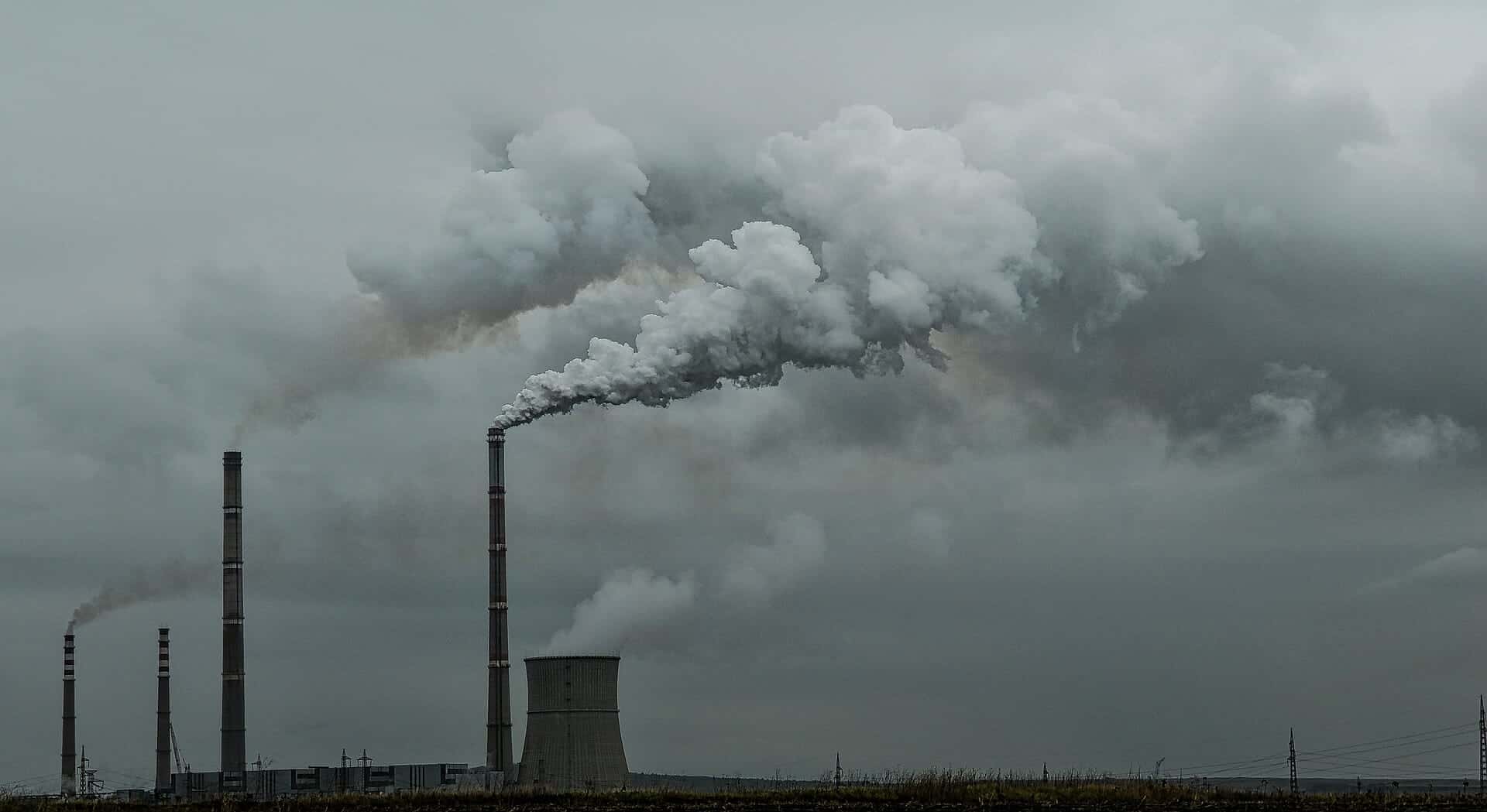Qatar is set to reduce around 25 percent of its greenhouse gas emissions by 2030, local reports have quoted authorities as saying.
This is said to be part of the National Climate Change Action Plan to reduce its emissions.
The 25 percent reduction would equal to a dip of 37 Mat CO2 eq by 2030, according to national figures, and is expected to include various sectors such as oil and gas, power and water, transportation, and construction.
This will reportedly be achieved by employing a variety of policies and levers, including activities of stakeholders-institutions, corporations, and private citizens.
In addition, to ensure accuracy and success, the plan identifies 36 mitigation measures and over 300 adaptation measures.
The plan is expected to take Qatar closer to achieving its sustainable development goal by 2030 — which also falls in line with its overall 2030 National Vision and national development strategy.
“Qatar considers climate change to be one of the biggest challenges of our time, which calls for urgent and dedicated measures at the local, regional and global levels,” Environment Minister Abdulla bin Abdulaziz bin Turki Al Subaie told reporters on Thursday, October 28.
“The NCCAP is built on strategic plans for economic diversification set out in the Qatar National Vision 2030, the National Development Strategy and is aligned with United Nations Sustainable Development goals,” he added.
In 2019, greenhouse gas emissions were 109.9 MT CO2 eq.
If no action is taken, emissions would increase by 33 percent by 2030 as a result of increased global demand for natural gases and rising population.

